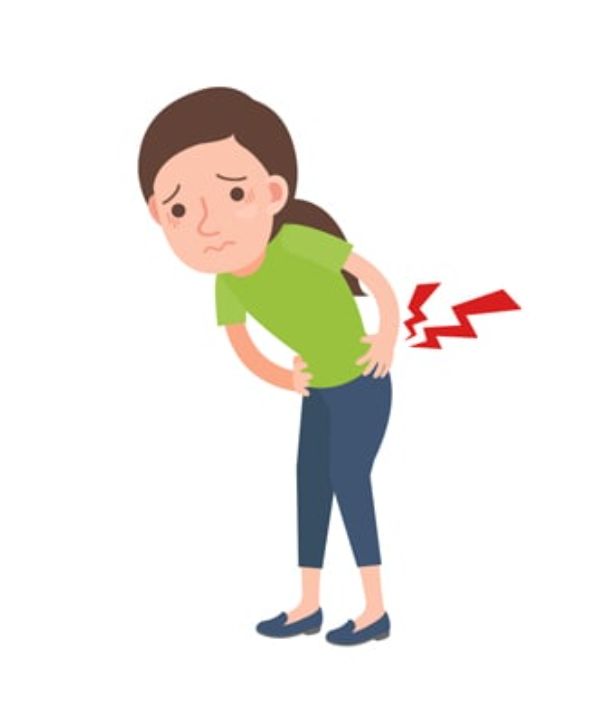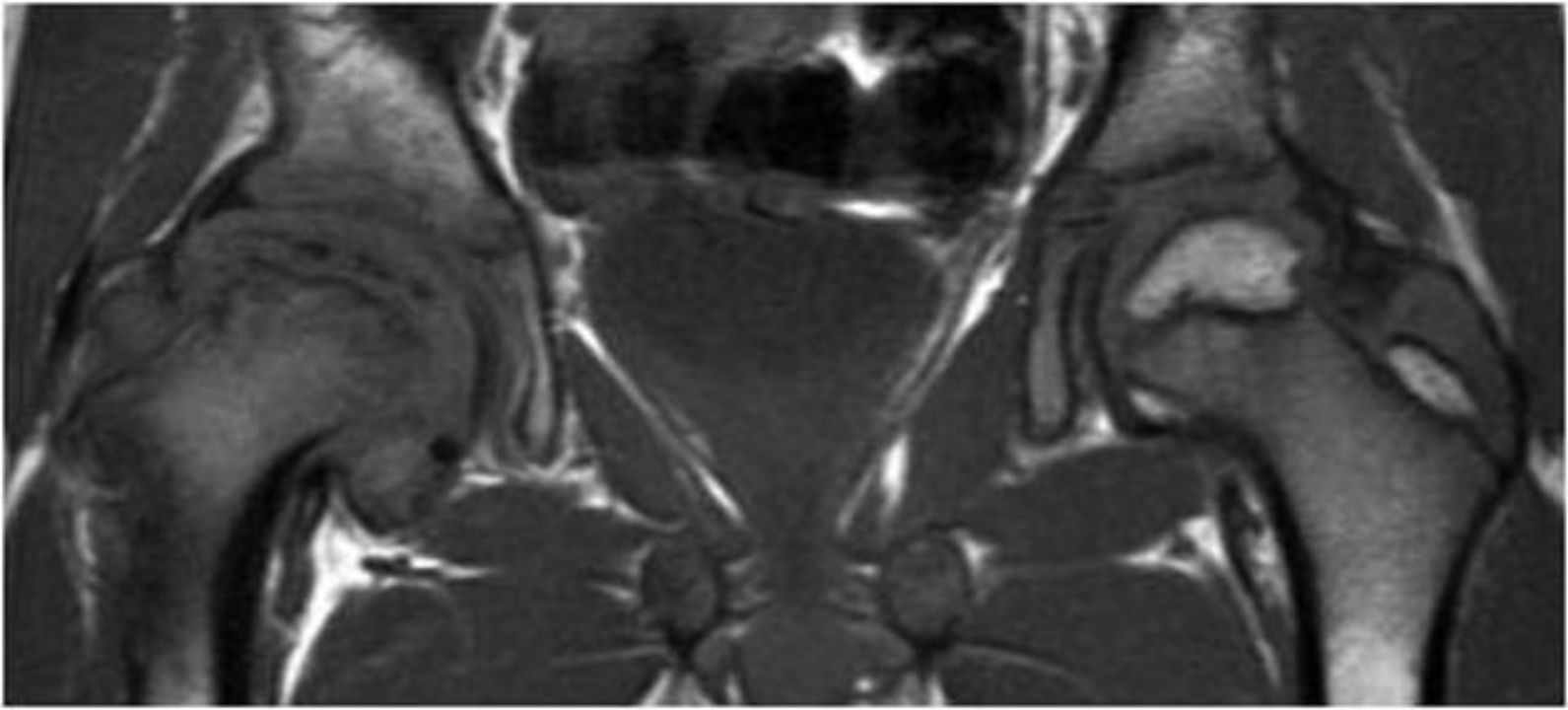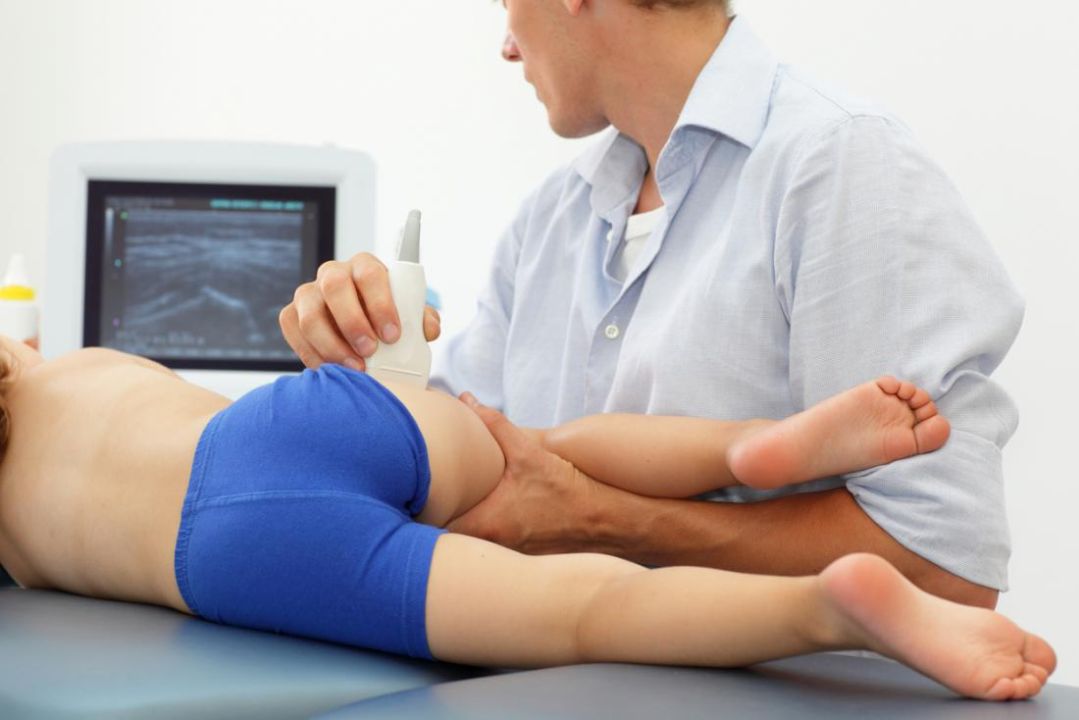Are you or someone you know experiencing mild pain or perhaps a fracture in the hips, legs, and feet? You or your loved one may have Perthes disease.
It is a childhood condition where the hip is affected, particularly the joint area. It occurs when there is a temporary disruption in the blood supply to the ball of the femur (thighbone) called the femoral head. Children who develop Perthes are generally between the ages of four and ten, but it can also occur in adults. If left untreated, it can cause permanent damage to an adult or child’s hip joint.
The good news is that most people with Perthes disease can lead active lives free of pain with proper diagnosis, containment, and treatment options, such as physical therapy and surgery.
Perthes Disease usually affects children; it is a painful condition that affects their hips, and it’s heartbreaking to watch them suffer. It can be caused by a reduced blood supply to the hipbone, and the symptoms of Perthes disease may include groin or knee pain, limping on one side of the body, and stiffness in the hip joint.
Diagnosis is typically done through X-rays or MRI scans. Treatment options include physical therapy, medications for pain relief (notably ibuprofen), bracing or casting for immobilization of the affected area, as well as surgery may be required. The goal is always to help to keep patients achieve full motion without pain.
Though the exact causes of Perthes disease are unknown, certain risk factors have been associated with its increased likelihood.
Age is a key factor for the condition, as it’s most commonly diagnosed in younger children aged 3-10 years old. It’s rare but possible for adults and is even found in some breeds of dogs, such as Legg-Calve-Perthes Disease in Australia.
Genetic predisposition has also been linked to increased risk. Factors like gender and race aren’t thought to be related to the rarity of Perthes Disease.
Often, the warning signs of Perthes can be very subtle, leaving parents feeling helpless and frustrated. Common symptoms include limping or uneven gait due to pain in the hip or leg, limited range of motion, difficulty walking up and down stairs, or thigh pain. Pain may worsen with activity and improve with rest.

Photo Credit: Northern Myotherapy
Early diagnosis is vital for successful treatment so that long-term disability from Perthes disease can be avoided. Parents should seek medical help if they notice any early signs of this condition so that a proper diagnosis and management plan can be established using resources such as RCH Perthes Disease Physiopedia and other sources related to Perthes disease in adults.
If you notice any signs of hip or leg pain, it’s important to seek medical help in order to determine if a diagnosis of Perthes disease is necessary. Diagnostic tests may include:
Your doctor may also perform a physical exam and ask about your symptoms to make an accurate diagnosis.
With prompt treatment, the outlook for those with Perthes disease can be good.
X-rays and MRI scans are powerful tools to detect and monitor the progress of Perthes, so don’t delay in getting them done if you experience any hip or leg pain.
Imaging tests can provide doctors with detailed images of the bones and tissues around the hip joint, allowing them to determine if there is any damage due to Perthes. Images can show bone size or shape changes over time, while an MRI scan can detect soft tissue inflammation. CT scans may also be used to get a more complete picture of the affected area.
 Photo Credit: Radiopaedia
Photo Credit: Radiopaedia
All these tests help your doctor make an accurate diagnosis and plan the best treatment course for you.
Your doctor may need to run some tests to rule out other possible causes of hip or leg pain, such as arthritis or bursitis. To ensure a correct diagnosis, they’ll likely consider different types of infections, injury or trauma, and bone tumours.
It’s important for your doctor to accurately diagnose Perthes disease, so they can provide the best treatment plan for you. So, you make an appointment, if necessary.
Treating Perthes is all about restoring the health of the hip joint, so it’s important to explore various treatment options. The patient is required to avoid putting any weight on the affected side for a period of up to two years, relying on either a wheelchair or crutches for mobility.
Depending on the severity of your child’s condition, treatments may range from non-surgical methods such as physical therapy and bracing, to surgical methods like osteotomy or pelvic reconstruction.
Discussing these options with your doctor and ensuring you understand all their benefits and risks before deciding which path is right for your family is important.
Compassionate care should be at the forefront of any treatment decision – after all, restoring your child’s mobility is priority number one!
Physical therapy can be an effective way to help your child strengthen their hips and restore mobility. Your child’s physical therapist will develop a tailored exercise program that may include hip motion, gait training, strengthening exercises, and balance activities.
 Photo Credit: Medical News Today
Photo Credit: Medical News Today
The therapist may also teach you how to assist your child in activities such as transferring from one surface to another or using stairs. Physical therapy can improve flexibility and strength around the hip joint, which helps reduce pain and restore function.
With a comprehensive approach including regular physical therapy sessions, your child can regain mobility and enjoy life again!
Surgery may sometimes be necessary to correct hip complications caused by Perthes disease. Surgery can involve reshaping the head of the femur (the ball of the hip socket joint) or acetabulum bone, joint replacement, and/or osteotomy. It is important to consider all options carefully and thoroughly discuss them with your doctor before deciding on any action.
Surgery is often a last resort as it carries risks of its own. However, performing correctly may reduce pain and improve mobility in the affected area. It’s important to follow post-operative instructions closely to increase chances of success and ensure a speedy recovery.
Living with Perthes disease can be very challenging, and knowing the potential long-term prognosis is important. Generally, the outcome for Perthes is good in most cases. With treatment, most children fully recover hip function in three to five years. The satisfactory joint motion may also be restored, and there may be little or no muscle weakness or leg length discrepancy over time.
 Photo Credit: 8photo, Freepik
Photo Credit: 8photo, Freepik
However, some children may experience more permanent disability due to complications such as osteoarthritis. Following your doctor’s advice for ongoing monitoring and physical therapy is important for the best outcome possible.
Perthes disease is caused by a temporary loss of blood supply to the femoral head in the hip joint, leading to bone cell death. The exact reason for this disrupted blood flow is unknown, but it’s not due to injury or inflammation.
Treatment aims to preserve the round shape of the femoral head and prevent rigidity. It may involve physical therapy, a period of reduced weight-bearing activities, orthotic devices, or in some cases, surgery.
Perthes disease most commonly affects children between the ages of 4 and 8, but it can occur in children up to the age of 15. It’s more common in boys than in girls.
No, Perthes disease is not life-threatening. However, it can cause temporary or long-term hip problems, including stiffness and differences in leg length. Most children with Perthes disease eventually recover normal hip function with appropriate treatment.
Also known as Legg-Calve-Perthes Disease, it is a condition where the blood supply to the top of the thigh bone (femur) is temporarily disrupted. This causes the bone to become weak and may result in deformity and joint problems.
The exact cause is still unknown. However, it is thought to be related to a disruption in the blood supply to the femoral head, which can be caused by various factors such as genetics, trauma, or other unknown factors.
Perthes Disease often develops in children between the ages of 4 and 10. It usually occurs in active children going through a rapid growth phase. The condition is more common in boys than girls.
Perthes Disease is typically diagnosed through a combination of physical examination, medical history review, and diagnostic imaging tests such as X-rays or MRI scans. These tests can help evaluate the condition of the hip joint and determine the extent of bone damage.
The treatments concerning Perthes Disease aim to relieve pain, prevent further damage to the hip joint, and promote healing. It may include rest, limited weight-bearing activities, physical therapy, bracing or casting, and sometimes surgery. The specific treatment plan will depend on the individual’s age, the severity of the condition, and other factors.
Yes, Perthes Disease can heal on its own over time. The healing process can take anywhere from 1 to 3 years or longer. During this time, the blood supply to the femoral head gradually improves, leading to the regeneration of new bone and the resolution of symptoms.
In some cases, Perthes Disease can lead to long-term hip problems later in life, such as stiffness of the hip joint, deformity, or arthritis. However, the risk of long-term complications can be minimized with proper treatment and management.
The lasting effects of Perthes Disease can vary from person to person. Some individuals may experience no long-term effects and fully recover, while others may have persistent hip problems or limitations in their motion. Regular follow-up care and ongoing monitoring can help identify and address any potential issues.